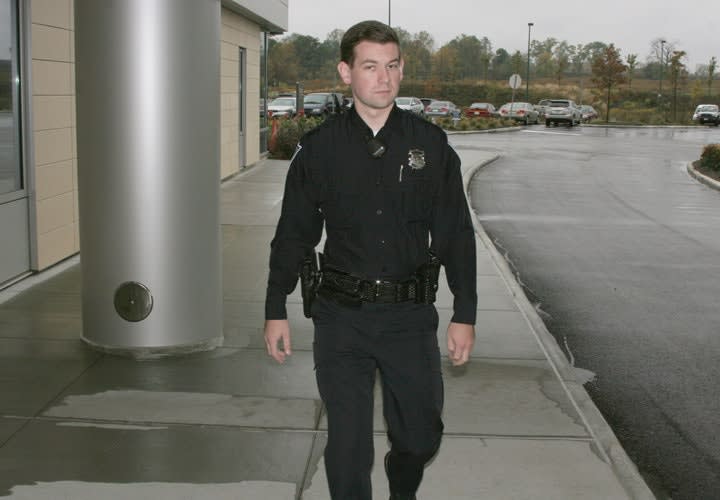Once you begin a foot patrol assignment, it is important to develop a strategy that provides a consistent officer presence without an obvious routine that can be recognized.
By following a different daily path as a course of action, you can patrol using a "directionless direction" model. This model involves beginning at a different spot at the start of each shift and then following a different pattern of movement with concentration on areas of concern within a neighborhood or district. This could be done on a random basis or involve charting a course of movement for the week.
When walking a course, periodically stopping, turning around and going back in the same direction can present an opportunity for surprise. If a suspect sees you walking down a street, he or she is likely to assume that you will continue in that direction. Even if he thinks you may loop back around a block, there may be a perception of a window of time to commit a crime. Sudden rerouting may thwart these opportunities. [PAGEBREAK]
The demands of the shift such as call volume and the people you encounter will likely alter specific courses that you planned. This is to be expected and should be considered an aspect of the directionless direction model.
Foot Patrol Precautions











